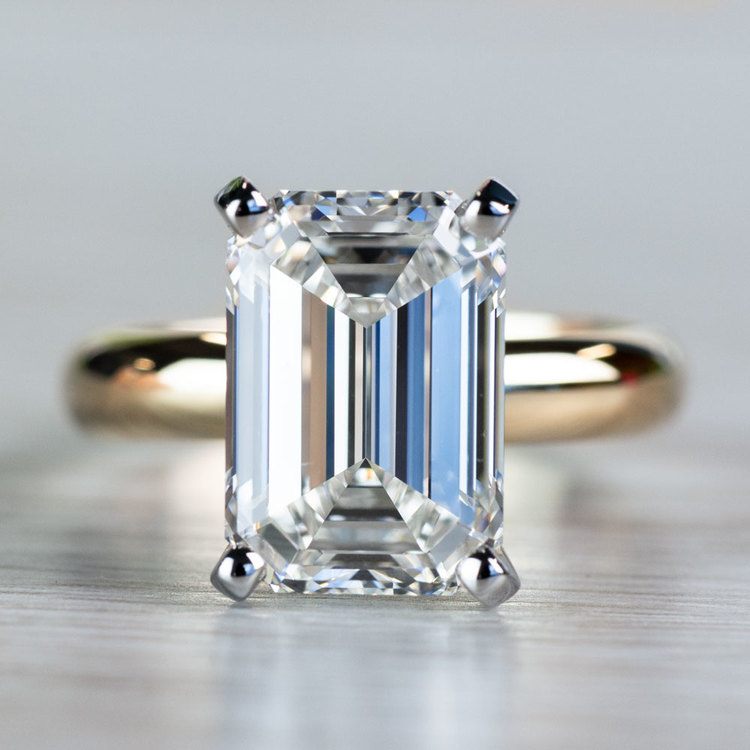
Imagine the difference between droplets of water and the clear surface of a lake, and you’ll start to get the picture. Radiant cut diamonds have smaller facets aligned to maximize scintillation Emerald cut diamonds have larger facets with less scintillation but more depth. Radiant cut diamonds have a similar silhouette to emerald cuts - rectangular with cropped corners - but that’s where their similarities end. There are two other popular diamond shapes that might be confused for an emerald cut: radiant and Asscher. The concentric alignment of its facets creates the sparkling “hall of mirrors” effect the emerald diamond is prized for. Like most other diamond shapes, it has 57 or 58 facets. The rectangular emerald cut diamond has several rows of stepped facets on its crown and pavilion, which run parallel to the girdle. The term “step cut” refers to any gem with these parallel, receding lines, and diamonds following the same pattern as the original rectangular emeralds are now known as “emerald cut diamonds”. Stepped facets run along the length of a gem in parallel lines, reminiscent of the steps of an Aztec temple.
Emerald gems (unlike diamonds) are soft and prone to breaking, but a stonecutter discovered that “stepped” facets gave them more stability.

The “emerald cut diamond” or “emerald shaped diamond” dates back to the 1500s when stonecutters first started cutting true emeralds into a rectangular shape. Rare, dramatic and distinctive, an emerald cut engagement ring is for a woman with confidence. The shape is loved by sophisticated and badass brides like Amal Clooney and Beyonce, with many brides admiring its ability to show quality more than other fancy shape diamonds.

An emerald cut diamond evokes elegance, strength and modern traditions.


 0 kommentar(er)
0 kommentar(er)
